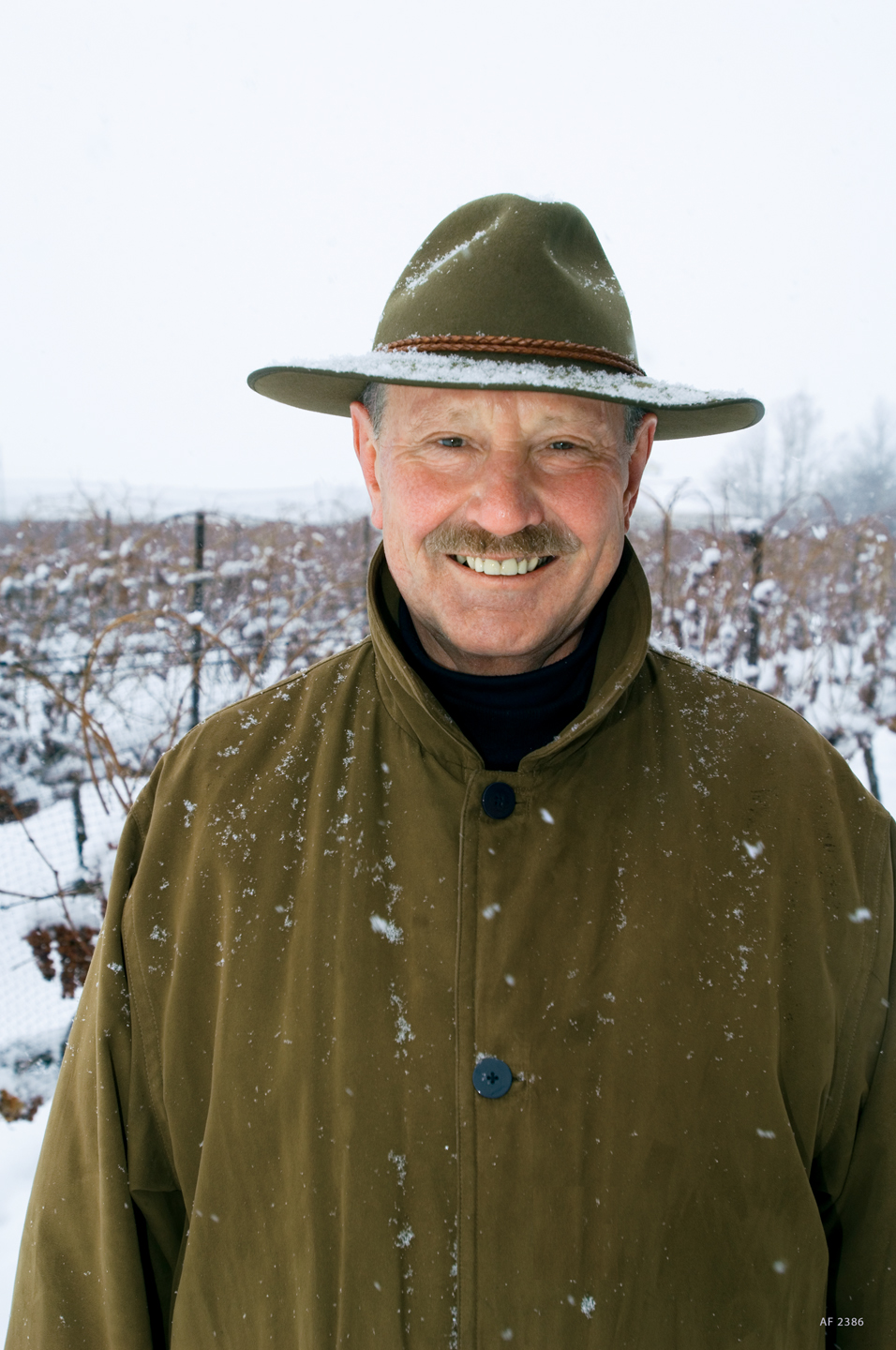
By Rick VanSickle
Winemaker Karl Kaiser, the master of Inniskillin’s wine program in Niagara for so many years, and the man who made the most famous wine in Canada’s history, has died. He was 76 years old.
The Grape Growers of Ontario acknowledged his passing in a statement.
“Dr. Kaiser was a well-respected pioneer in the Ontario grape and wine industry. He raised the bar for Ontario wines with his winemaking skill, and his contributions to the industry are widely recognized. He will be missed,” the Grape Growers said in a statement on their website.
Kaiser died peacefully after complications from a stroke on Nov. 22 at the Greater Niagara General Hospital at the age of 76.
He was was the seventh of nine children and was born in St. Veit an der Gölsen, Austria. After marrying Silvia Kaiser, Karl Kaiser moved to Canada where he began a new life. While attending Brock University and raising a young family, he co-founded Inniskillin Wines and dedicated his life to Canadian wine.
A celebration of Kaiser’s life will be held on Dec. 8 at The Hare Wine Co., 769 Niagara Stone Road from 5-9 pm. In lieu of flowers, the family would welcome donations to the Dr. Karl J. Kaiser Memorial Fund at Brock University, Cool Climate Oenology and Viticulture Institute. Kaiser had a special love of learning and sharing his knowledge, and was a graduate of Brock, where he later received his honorary doctorate. Donate online here or by phone at 905-688-5550 ext. 4190.
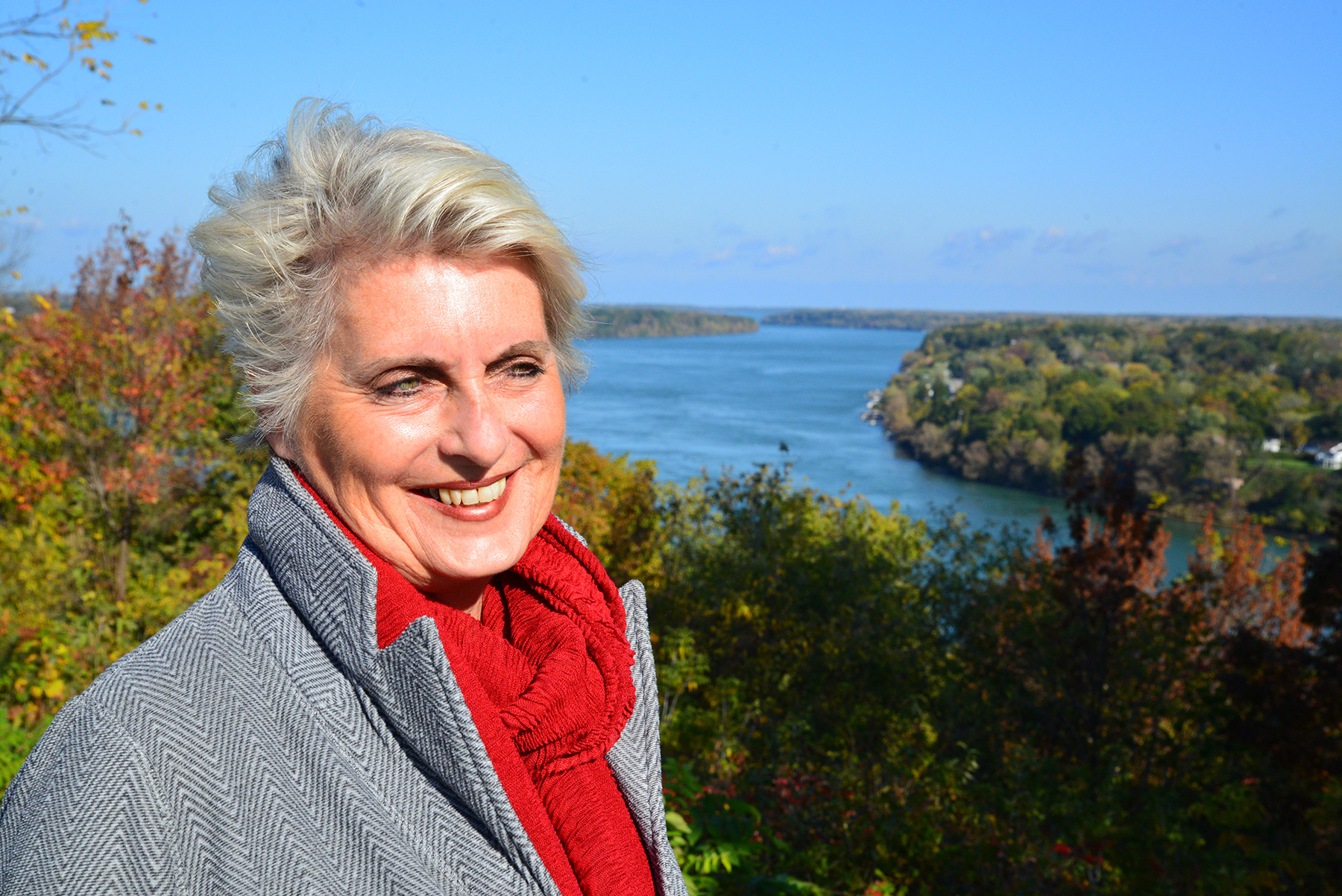
Debi Pratt, above, was there, standing beside Inniskillin founders Ziraldo and Karl Kaiser, when the winery was granted its first winery licence in Ontario since prohibition in 1975.
While working as a schoolteacher in the early 1970s, Pratt became involved with the beginnings of Inniskillin with Ziraldo and Kaiser. She eventually left teaching to work full-time for Inniskillin in many areas of the business including sales, tourism, hospitality and public relations.
Pratt said today that Ziraldo and Kaiser were complete opposites. “Karl was content to just be at the winery,” she said, while Ziraldo took centre stage during the early years. “But gradually he became more active on the front lines.”
She added: “Anyone who knew Karl is sad today.”
“I have great respect for him,” Pratt said. “What I loved about him was his sensitivity. He cared what other people thought (about his wines). I respected his intelligence and integrity in making wines.”
Arterra Wines Canada said in a news release they “are deeply saddened by the news of the recent passing of Karl Kaiser, co-founder of Inniskillin Wines. Our sincere condolences go out to his wife Silvia, children Magdalena, Andrea and Max, and his seven grandchildren.”
Karl was one of the founding fathers of the Canadian Wine Industry, when he, together with his partner Donald Ziraldo, received the first winery license since prohibition and founded Inniskillin in 1975, making it the very first estate winery in Canada, Arterra said.
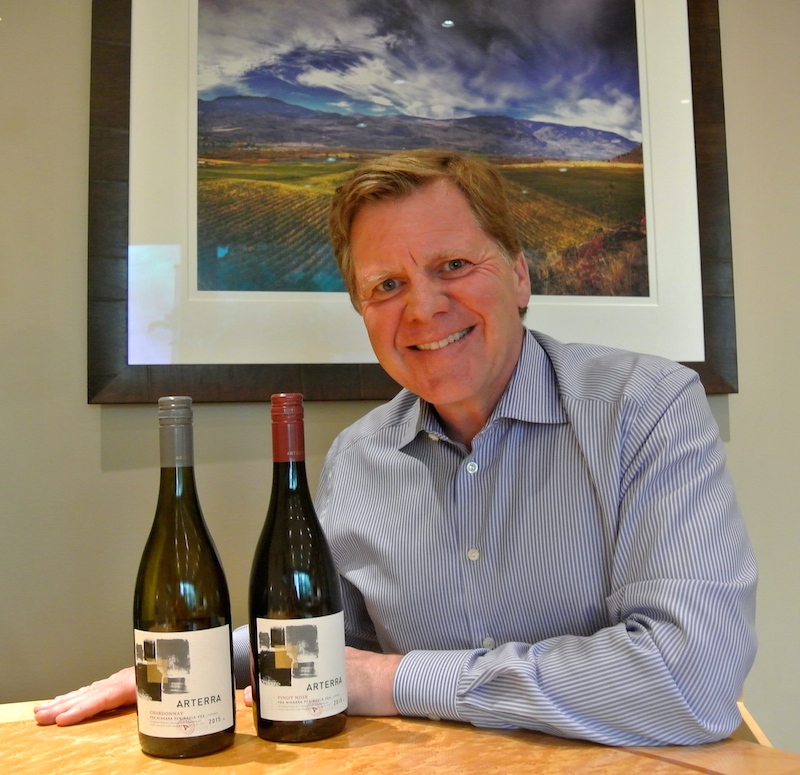
“Karl was truly a pioneer,” said Arterra Wines Canada president and CEO, Jay Wright, above. “Karl’s passion for winemaking was integral to the fabric of Inniskillin’s rich 40 plus year history, and he helped shape the Canadian wine industry as we know it today. It is because of Karl’s considerable contributions that Canada is recognized worldwide for our award-winning wines.”
“Karl’s vision to produce superior Canadian wine cannot be overstated,” said Inniskillin Niagara’s current winemaker Bruce Nicholson. “He travelled extensively to expand his knowledge and brought both old world and new world winemaking technologies and their varied applications to Canada. His long list of prestigious awards and accolades for both table wines and Icewine is a testament to his talent and dedication. Whether it was from international competitors, wine media, the wine community at large or his loyal consumers, Karl was truly respected by all.”
Wines In Niagara will post more information as we get it.
An icon in the
Canadian wine industry
Much of the credit for the booming Canadian wine industry today goes to a few men, Kaiser among them, along with Donald Ziraldo and Harry McWatters. And even though they toiled 4,200 kilometres apart, Ziraldo and Kaiser in Niagara and McWatters in the Okanagan, their goals were the same: to make 100% Canadian wines that would turn heads the world over.
In the early 1970s, Ziraldo said, Niagara wine producers were making “Canadian” wines with at least some labrusca grapes in the blend and imported grape juice from other countries. There were no rules that guided wineries and therefore no incentives to try planting the hard-to-grow vinifera varietals (noble European grapes that are common today such as chardonnay, riesling, cabernet sauvignon and merlot) that worked well in other wine regions of the world.
Kaiser, along with his partner Ziraldo, is credited with giving birth to the modern wine industry in Canada.
In the early 1970s, Ziraldo came home to Niagara and began experimenting with vinifera at his nursery. He and Kaiser, an Austrian-born chemist, shared a similar dream and set out to seize on an opportunity — to grow and make wine from vinifera grapes.
Ziraldo grew the grapes — riesling, chardonnay and gamay to start — at a little vineyard in Niagara and Kaiser, the winemaker, used the new grapes as the basis for these bold new wines. They received a manufacturing permit in 1974 and they were on their way. With wines to sell, and no new retail licences issued in Ontario since Prohibition, Ziraldo approached the Liquor Control Board of Ontario and convinced the government agency to grant them the first licence since Prohibition in 1929, thus ending the dominance of the six big blending wineries that controlled the only licences in Ontario.
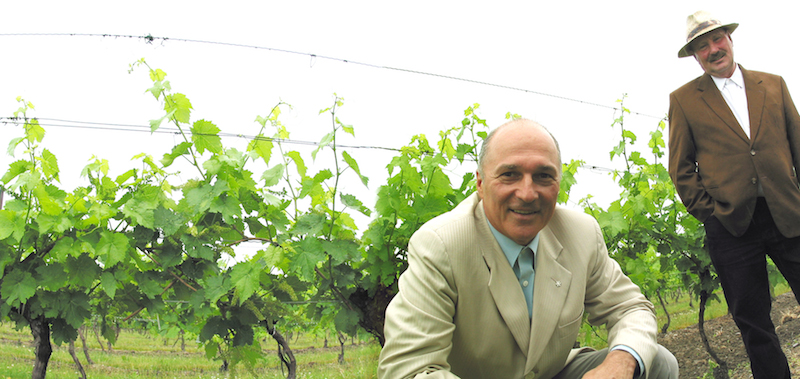
With a means to sell their wines and a commitment to make 100% Canadian wine from vinifera grapes, Ziraldo and Kaiser started up a boutique winery in 1975 called Inniskillin, opening the door for others to follow. It started what is today the modern wine revolution in Canada.
“As a young, naive 20-something it was a challenge and several people like Robin Scott (Bank of Montreal), General George Kitching (head of the LCBO), and Bob Welch (deputy premier of Ontario at the time), believed in us. The only obstacle was skepticism which probably worked in our favour … no one saw us coming,” Ziraldo said to Wines In Niagara.
While granting new winery licences started an explosion in Ontario, the Okanagan Valley in British Columbia was well on its way to a revolution of its own. With help from the provincial government, over 4,000 vinifera vines were planted at 18 different sites in 1974 with gewurztraminer, riesling and pinot blanc showing the greatest promise. Up until that point, the most popular plantings in the Okangan were labrusca and French hybrids.
Harry McWatters blew onto the B.C. wine scene in 1979 when he established Sumac Ridge Estate Winery in Summerland. He lobbied the B.C. government to licence “estate” wineries with smaller wine production numbers, 15,000 cases and under, and a new era in wine began for the provincial wine industry — it created proliferation of new wineries planting vinifera grapes and making exciting wines from Canadian grapes.
While McWatters worked quietly to establish Sumac Ridge as a premier winery in Canada, the industry was split between the “quality” wine producers and those still churning out hybrid blends. That rift was the catalyst for the most profound change in the industry that was starting to take shape. With McWatters in B.C. and Ziraldo and Kaiser in Ontario, a plan was being hatched to recognize wines that were made only from Canadian grapes.
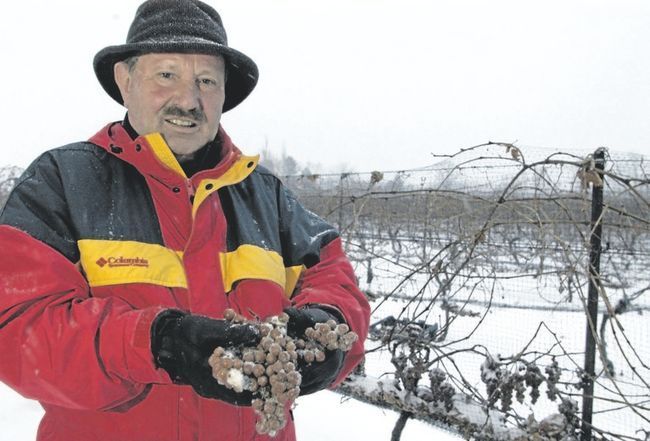
The year was 1988 and three remarkable events occurred that would have a lasting impact on the Canadian wine industry — free trade with the U.S., a major grape vine pullout and replacement program with quality vinifera and the establishment of the Vintners Quality Alliance.
Free trade prompted an adjustment in the Canadian wine industry. To conform to the new reality and with a desire to produce premium wines in this country, Ontario and B.C. growers agreed to a major federal-provincial program to replace native grapes with vinifera. With the new varietals and a commitment from quality producers such as Inniskillin in Ontario and Sumac Ridge in B.C., VQA was established.
In 1988, Ontario was first to establish the new set of rules, which was a quality assurance program that meant consumers were buying wine that was made with 100% Canadian grapes. B.C., with McWatters as a driving force, followed suit two years later in 1990.
It was around that time that Kaiser’s Inniskillin Vidal Icewine 1989 won the Grand Prix d’Honneur at Bordeaux’s 1991 Vinexpo wine fair, a wine that truly put Canadian wine on the international map.
Kaiser fully retired from Vincor, the company that bought Inniskillin (which would go on to become Constellation Brands and now Arterra) in 2006.
After a few years as head of quality assurance for Vincor Canada under the new company and icewine maker at Inniskillin until 2006 and some part-time consulting, Kaiser took some time to travel and do some teaching at Brock University.
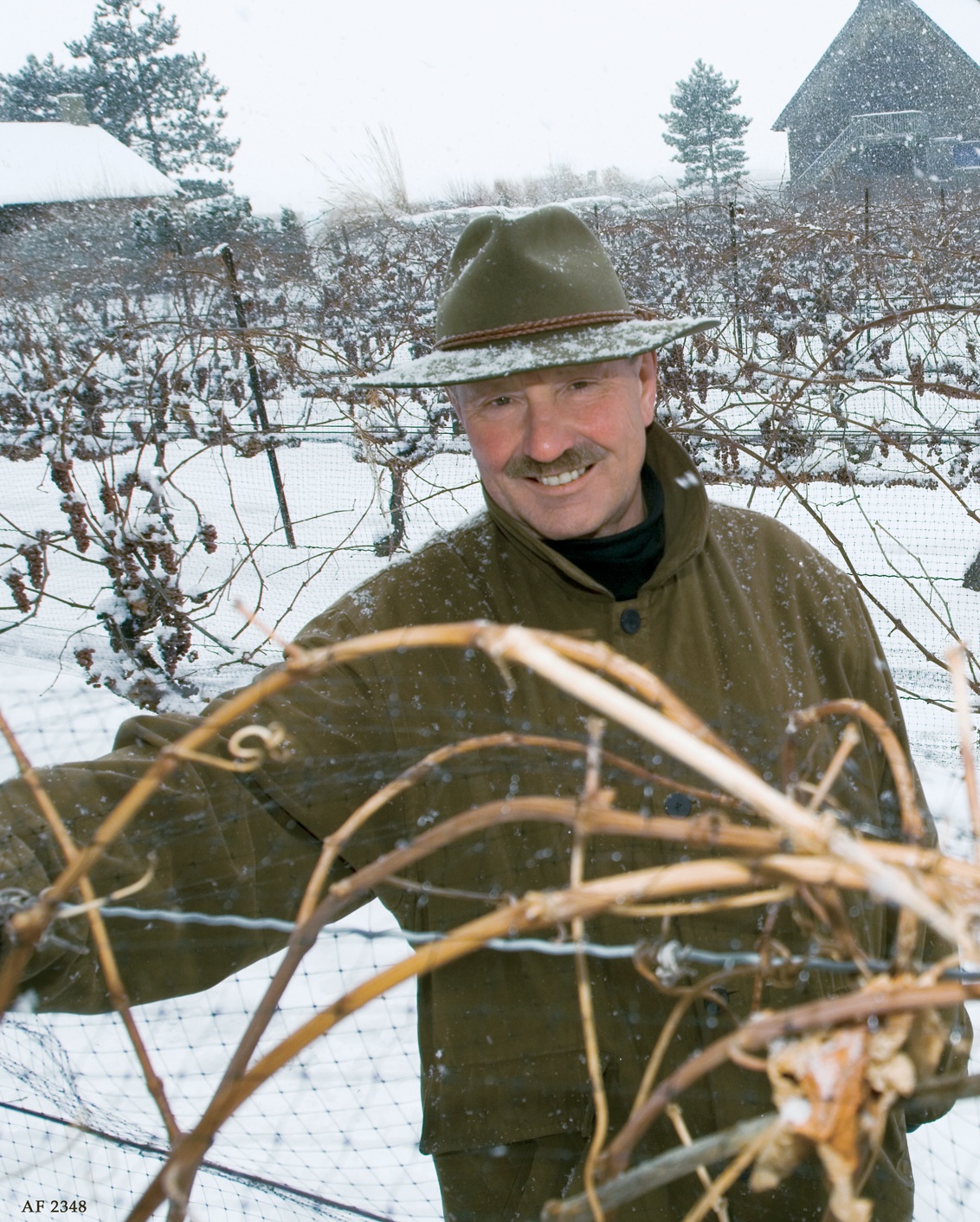
The last commercial wine he made was the most expensive icewine ever made at the time — a commemorative 2004 oak-aged Cabernet Franc Icewine that went on sale for $450 a bottle.
Kaiser was happy making wines for himself, his family and his pals from purchased grapes and equipment he’s acquired throughout his career. He made about 45 cases of Sauvignon Blanc and a Bordeaux-style blend and divided it up with three friends every year.
In my last interview with Kaiser, he said, in hindsight, he wasn’t sure it was the best decision to sell to Constellation Brands.
“There was a lot of pressure to join a big company,” he told me. “There was nothing I could do.”
Inniskillin Timeline
1974
Looking to the future, Donald Ziraldo planted Inniskillin’s first vinifera vineyard of Riesling, Chardonnay and Gamay which was first harvested in 1977. This is the heart of what would be Inniskillin’s philosophy of producing premium wines from premium grapes grown in the Niagara Peninsula.
The site of this 30 acre vineyard is located on Line 3, across from the existing winery and was purchased in 1978 by Albrecht Seeger and his family who still operate it.
1975
Donald Ziraldo and Karl Kaiser founded Inniskillin Wines Inc. and was granted the first winery license since 1929 from General George Kitching, head of LCBO. The original winery site was Ziraldo Nurseries, formerly the farm which was owned by Colonel Cooper in the 1800’s and was named for his Irish Regiment, the Inniskilling Fusiliers.
Inniskillin derived its name from this early history and the connection to the land.
1978
Inniskillin Wines moved from the original site (top) to the Brae Burn Estate (bottom). Grapes were planted and the new winery was built where there were once cornfields. Brae Burn is Gaelic translating to “hill stream”-the hill is referencing the Niagara Escarpment and the stream is referencing the Niagara River.
1982
In 1982, the Montague Vineyard was purchased from Stan Murzda comprising of 50 acres with an additional 50 acres acquired in 1991.
This Niagara-on-the-Lake Estate vineyard has and continues to produce single vineyards bottlings of Chardonnay, Pinot Noir, Merlot and Pinot Grigio/Pinot Gris.
1984
Inniskillin winemaker, Karl Kaiser harvested the first Icewine from Vidal grapes frozen naturally on the vine at the winery site (Brae Burn Vineyard).
Inniskillin Icewine went on to become “ONE OF THE WORLD’S GREAT WINES” as coined by the title of a book published in the 1990’s that Inniskillin Icewine was included in. The first attempt to make Icewine was actually in 1983 but the birds ate all the grapes from the vines that were not netted for protection.
1987
Inniskillin forms an Import Division until the mid 90s representing key wines from around the world including Far Niente, Stags Leap,Taltarni, Gaja, Newton, Jaffelin and others. The Import Division was to position Inniskillin in the company of established, well respected international wineries.
1988
VQA (Vintners Quality Alliance) was established as an appellation of origin and standards system led by founding chair Donald Ziraldo. This system secured credibility for pending Free Trade challenges and future export initiatives.
1989
The same year the Free Trade Agreement was introduced, Inniskillin purchased vineyards in Napa Valley to form Inniskillin Napa. Production of Chardonnay and Merlot under the Terra label reinforced Inniskillin’s growing reputation as a permanent force in the wine world.This venture continued until the mid 90s.
1991
Inniskillin received the most prestigious award in the wine world at Vin Expo, France – the Grand Prix d’Honneur for Karl’s 1989 Vidal Icewine. This was the major turning point thrusting Inniskillin into the international limelight clearly establishing major credibility as a serious wine producer as well as lifting the profile of Canadian wines at the same time.
1993
Alliance, the first joint venture between Canada and France was with Inniskillin and Jaffelin of Cote D’Or, Burgundy and launched in 1993 at the Toronto Design Exchange. Winemaker’s Karl Kaiser and Bernard Repolt collaborated 1993 to 2007 on these VQA wines reinforcing Inniskillin’s theme of “PARTNERS IN EXCELLENCE”.
This was the first association between two cool climate regions to produce a limited offering of VQA Alliance Pinot Noir and Alliance Chardonnay.
1996
A new label for Inniskillin Niagara further reinforced a strong presence in the wine world. Our philosophy of “INNOVATION INSPIRED BY TRADITION” challenged acclaimed international designer Jeffrey Caldewey. The primary feature of this label is an engraving of the historic Brae Burn Barn created by Master Engraver Yves Baril who was well known for engraving the Parliamentary Library on the Canadian twenty dollar bill. The original sketch on the engraving was done by Robert Swartley.
The architecture of the Brae Burn Barn is thought to be inspired by famed architect Frank Lyold Wright due to his early commissions in the area.
1999
June 1999 marked the opening of Inniskillin Hall at the Cool Climate Oenology and Viticulture Institute (CCOVI) at Brock University which stands as a fitting tribute to the tradition and pioneering spirit with which co-founders Karl Kaiser and Donald Ziraldo began.
Inniskillin works with Georg Riedel to create the Riedel Vinum Extreme Icewine Glass through a seminar/tasting in Toronto with twenty journalists. The Icewine glass was released in 2000.
2000
Icewine master Kaiser launches VQA Sparkling Icewine to celebrate the millennium with his 1998 vintage of Vidal Sparkling.
2003
Inniskillin is recognized by Wine Enthusiast Magazine as the New World Winery of the Year. Co-founders Karl Kaiser and Donald Ziraldo accepted this honour at a gala dinner in New York City from Editor Adam Strum and Canadian Consul General Pamela Wallin.
2006
Co-founders Donald Ziraldo and Karl Kaiser leave Inniskillin. Karl eased into retirement and Donald went on to chair Vineland Research and Innovation Center (2006-2011) and remains involved in the wine industry.







When I was in College in the early 80’s..our Hospitality class visited Inniskillin on a dark cold day with no one around….and the person meeting us?? Mr Kaiser himself who ushered our small group into the just finished winery and proceeded to talk passionately about Niagara wines and the micro climate he had at his finger tips…We listened and got caught up in his passion and then Mr. Kaiser proceeded to pour his babies and it was a revelation to all of us that Ontario could produce such quality wines !
From that day forward I have been an advocate and strong supporter of our wine industry…we have come so far in such little time..something that I’m sure Mr. Kaiser is very very proud of…
Thanks to him and some great vineyards around the winery…he made Canadian wine drinks proud and I will always be indebted to him for meeting with a bunch of young no-nothing college kids and turning us all into Canadian wine lovers. Thanks Mr. Kaiser !
In 1982 Karl and I sat in his office at Inniskillin and talked about what he was doing at Inniskillin, what I had done in my travels as a young man, and how I thought we might make a good fit for each other. To this day I am grateful for the chance Karl took on hiring me at Inniskillin, but more so for the being my mentor, travel companion, skiing pal and very dear friend. I will miss him terribly.
Dave Sheppard
Many years ago we met Dr. Kaiser at Inniskillin when I was lamenting not being able to source more of the Inniskillin Petite Sirah. He told me about the loss of the vineyard to some disease which I can no longer remember, however, he pulled out a bottle of an older vintage of Petite Sirah and poured us all a taste of it. What a wonderful gracious man who will be missed. My condolences to his family and friends.
Karl was indeed a great man! He was so knowledgeable, resourceful and passionate about what he did. He was a great mentor with a gentle, kind and gracious spirit. I learnt so much from him and will remember him always. Condolences to his family.
RIP Karl.